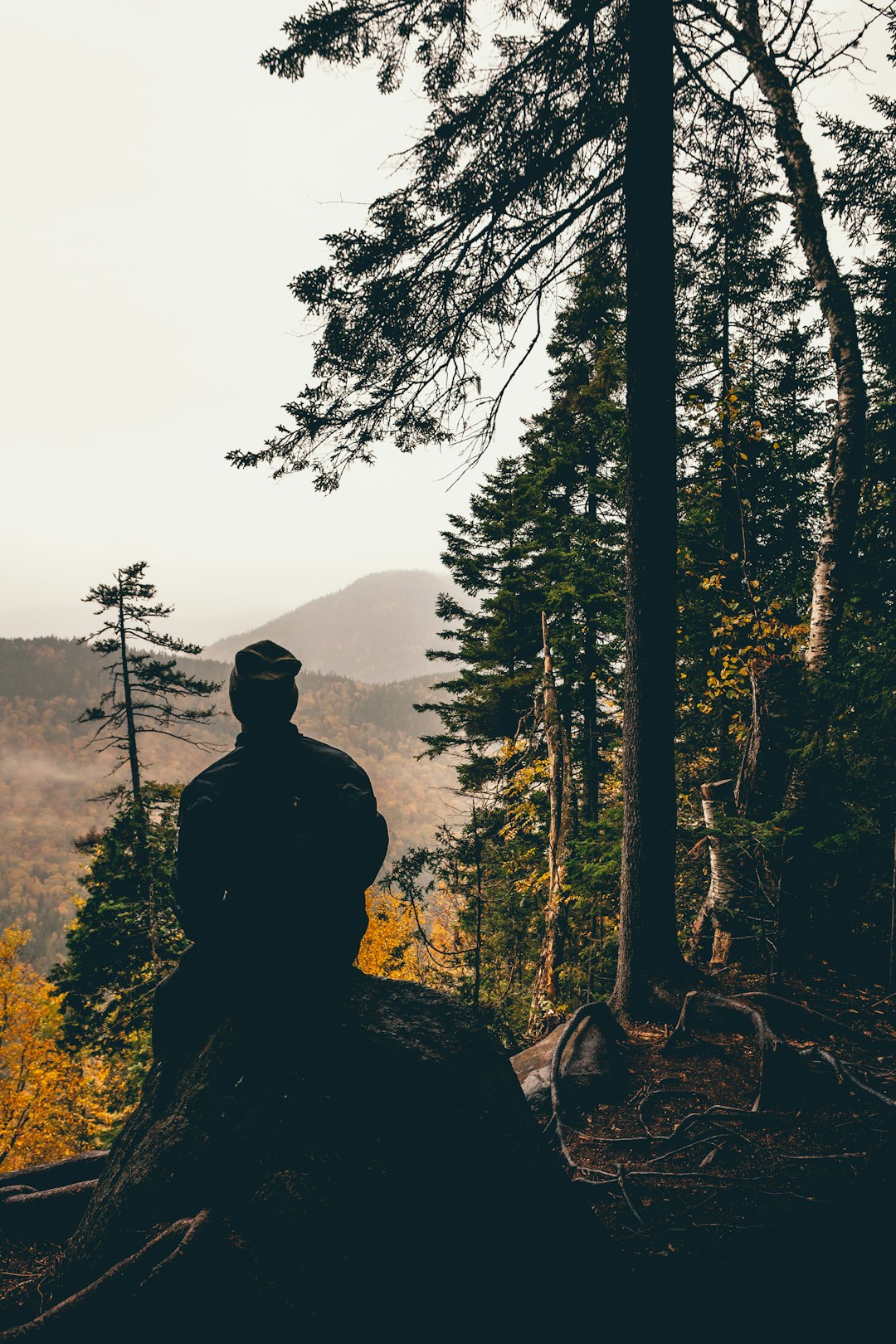Searching for roots during a major life change
How Ancestry DNA and old-fashioned genealogy led me to Maria Obrdlíková

One of my Christmas presents last year was an Ancestry DNA test. My mother-in-law could not have known how relevant that gift would be to my transition away from acad…

